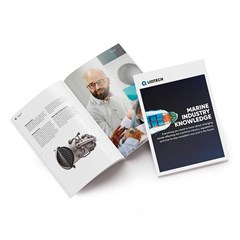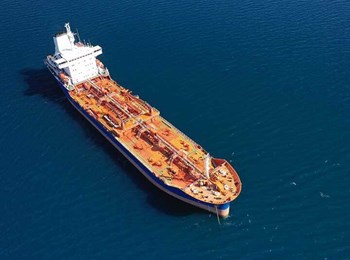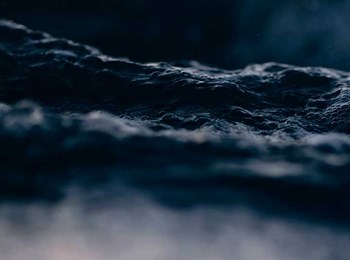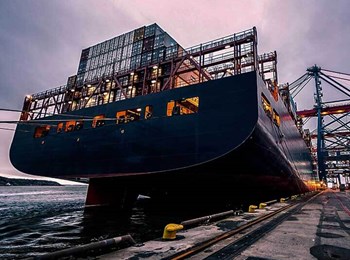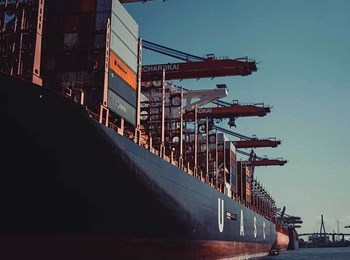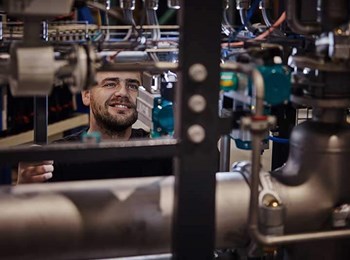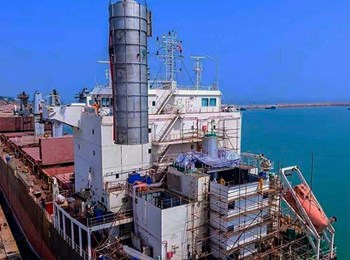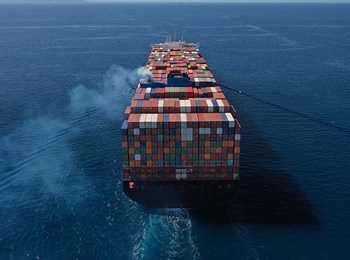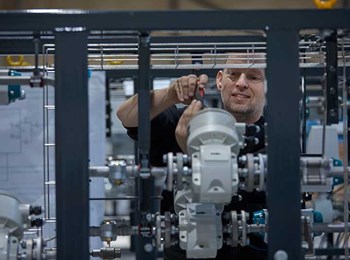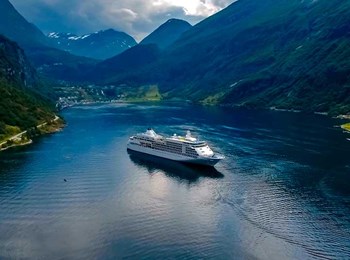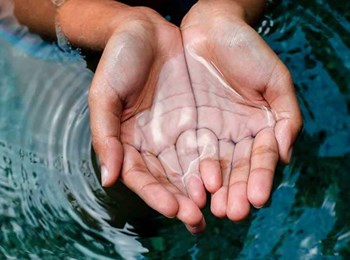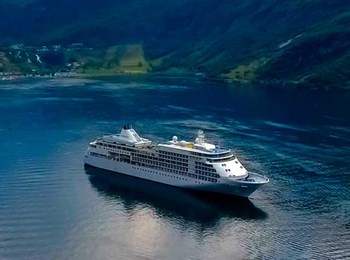A scrubber water treatment unit (WTU) filters scrubber wash water to remove harmful elements stemming from the combustion process, such as PAH and PM, for a greener shipping industry and a more sustainable world. Let us be more detailed about what a scrubber water treatment unit removes and why this is essential to remove.
As a scrubber treats sulfuric exhaust gases, it generates sulfuric wash water. Although the scrubber neutralizes this using alkali, the wash water still contains harmful elements stemming from the combustion process. This is crucial to avoid ocean pollution, ultimately harming aquatic species, especially shellfish and corals A scrubber water treatment unit plays a vital role in boosting a greener shipping industry for a more sustainable future by removing harmful elements.
